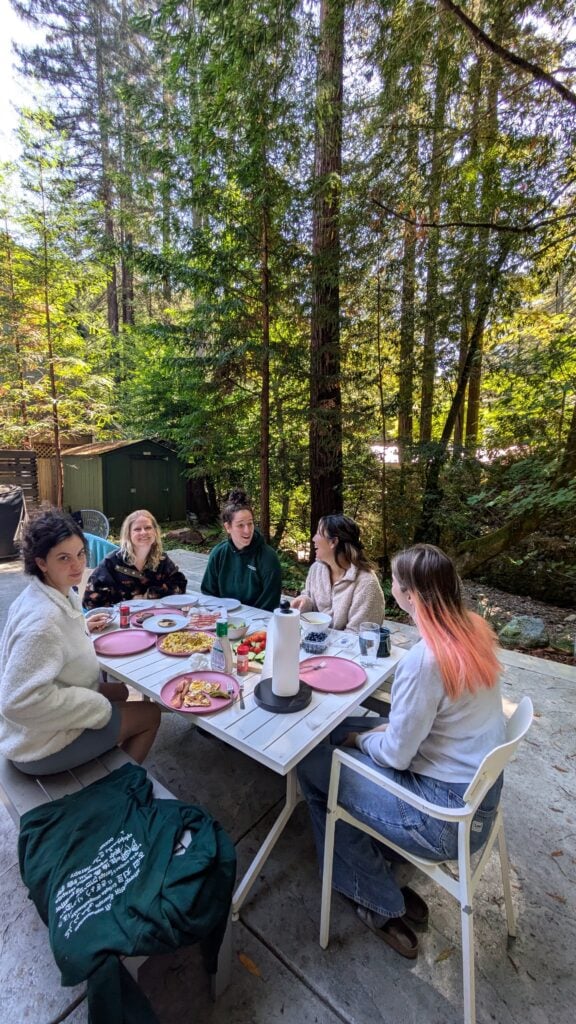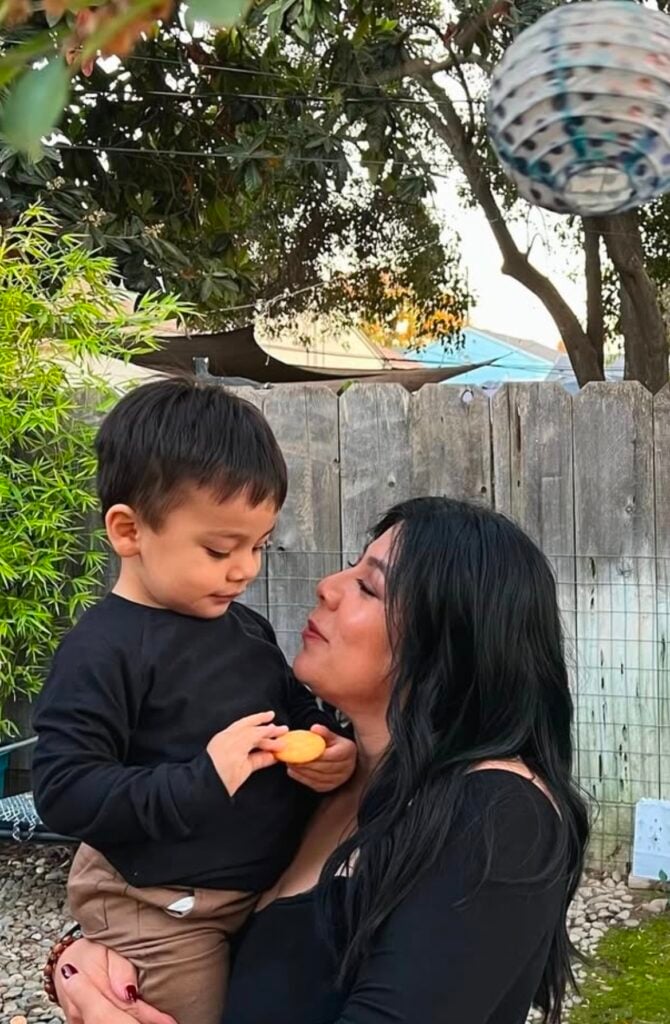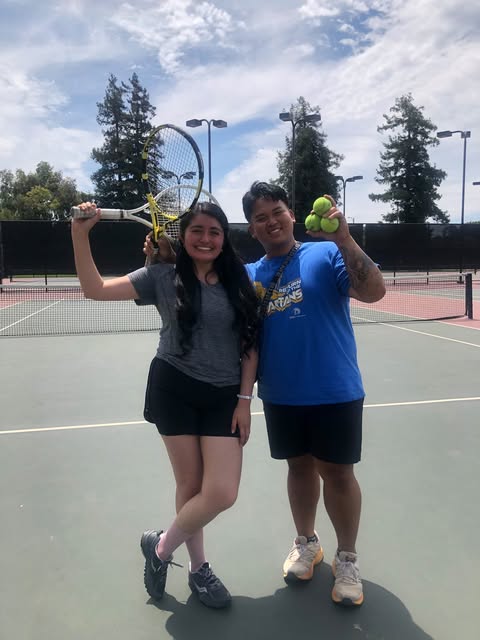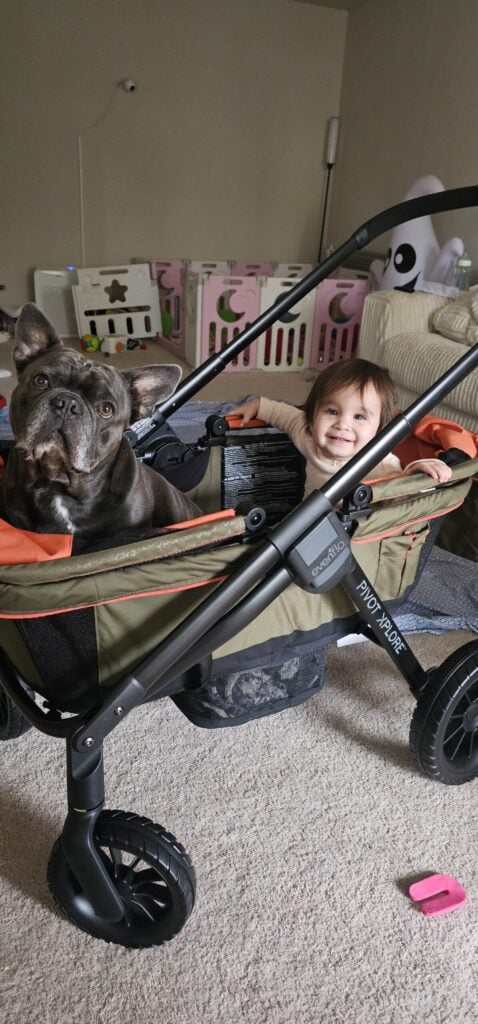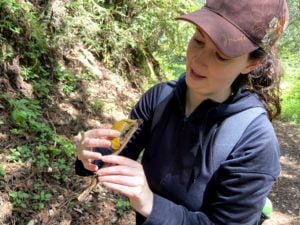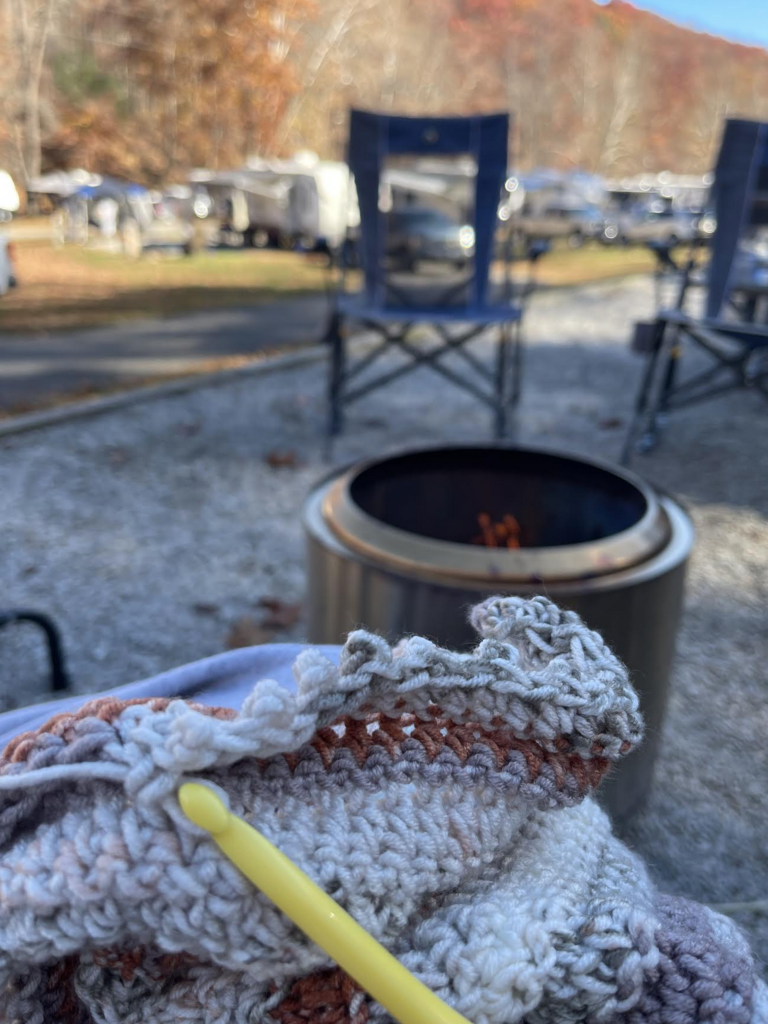
Did you know that your child’s ability to hold a crayon, cut with scissors, or even tie shoelaces is the result of their fine motor skills? These small, precise movements rely on the strength and coordination of muscles in your child’s hands, fingers, and wrists. Fine motor skills are the building blocks of independence, helping your child feed themselves, get dressed, write, draw and more. They also play an important role in school readiness, confidence, and overall development.
When Do Fine Motor Skills Develop in Children?
Your child has been building fine motor skills from the moment they first grasp your finger as a newborn to the day they start writing their name. These small movements grow more refined with practice as your child grows:
- Infancy (0–12 months): Reaching, grasping, and holding toys
- Toddlers (1–3 years): Feeding themselves, stacking blocks, turning pages, and scribbling with crayons
- Preschool (3–5 years): Using scissors, coloring with controlled movements, stringing beads, and dressing with buttons or zippers
- Kindergarten and beyond (5+ years): Writing, drawing with detail, and completing more complex daily tasks
When fine motor skills are strong, your child can explore, play, and take care of themselves with confidence.
10 Fun Ways to Help Your Child’s Fine Motor Skills
You don’t need special training or equipment to help your child build strong, coordinated fine motor skills. Everyday play at home can make all the difference. Here are 10 simple and fun activities you can try with your child while keeping them engaged:
- Playing with playdough: Rolling, squishing, and shaping playdough builds hand strength and coordination.
- Stringing beads: Stringing large beads onto a shoelace or pipe cleaner helps your child practice pincer grasp and hand-eye coordination.
- Pinching clothespins: Pinching clothespins open and clipping them to objects strengthens the small muscles needed for writing and cutting.
- Peeling stickers: Peeling and placing stickers is a simple but effective way to work on finger dexterity.
- Cutting with scissors: Cutting along straight or curved lines builds hand strength and coordination while preparing for classroom skills.
- Building with blocks or Legos: Stacking, connecting, and pulling apart blocks or Lego bricks strengthens finger muscles and encourages problem-solving.
- Practicing buttons and zippers: Practicing buttoning and zipping helps build independence and strengthens finger control.
- Pouring and scooping: Pouring and scooping sand, pebbles, or beads improves hand-eye coordination and grip strength.
- Using tweezers or tongs: Picking up pom-poms, cotton balls, or beads with child-friendly tweezers or tongs strengthens the pincer grasp.
- Drawing and coloring: Drawing, scribbling, and coloring strengthen hand muscles and build the control needed for writing.
How Therapy Can Help Your Child’s Fine Motor Skills
Most children build fine motor skills naturally through everyday play. But if you notice your child struggling with tasks that require fine motor strength or coordination, such as holding utensils, using scissors, or coloring, they may benefit from pediatric occupational therapy.
Pediatric occupational therapists tailor treatment to each child’s needs and use fun, goal-oriented activities to help children:
- Strengthen the small muscles in the hands and fingers
- Improve coordination and control
- Practice everyday routines like dressing and feeding
- Build the confidence they need to be independent at home and successful at school
Reach Out Today
If you’re wondering if your child can benefit from therapy to improve their fine motor skills, reach out to Joy and Laughter Developmental Therapy to schedule an evaluation. Or try our free online developmental screening tool: https://jldtherapy.developmentchecklist.com/.






















